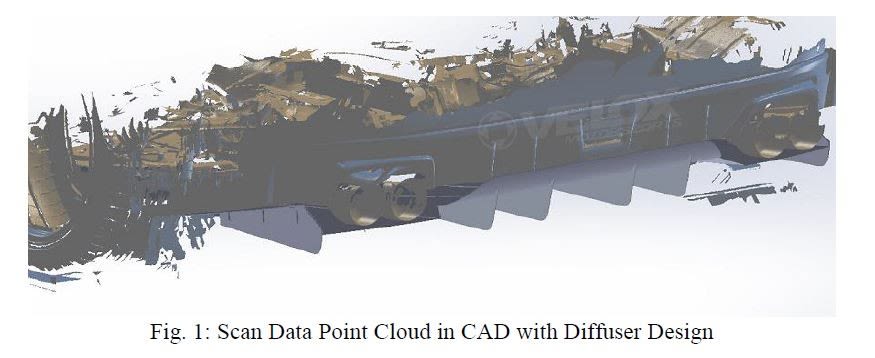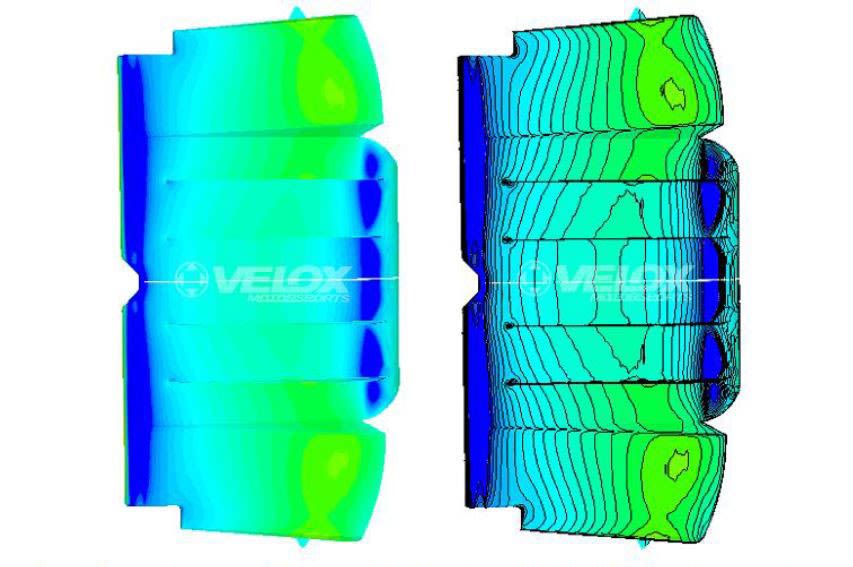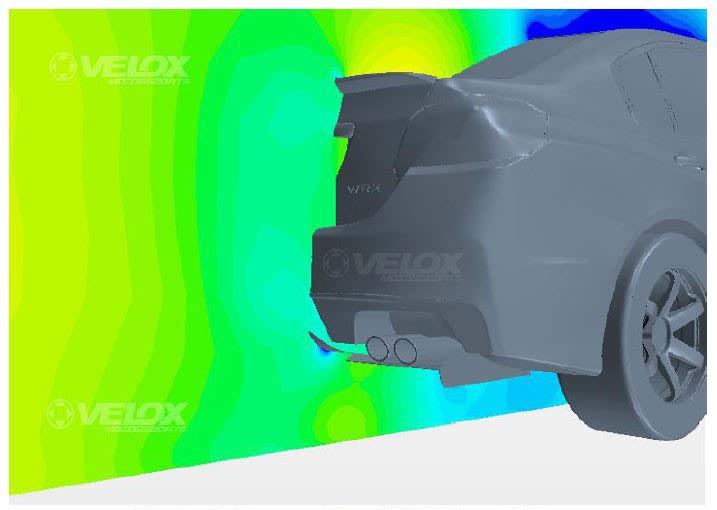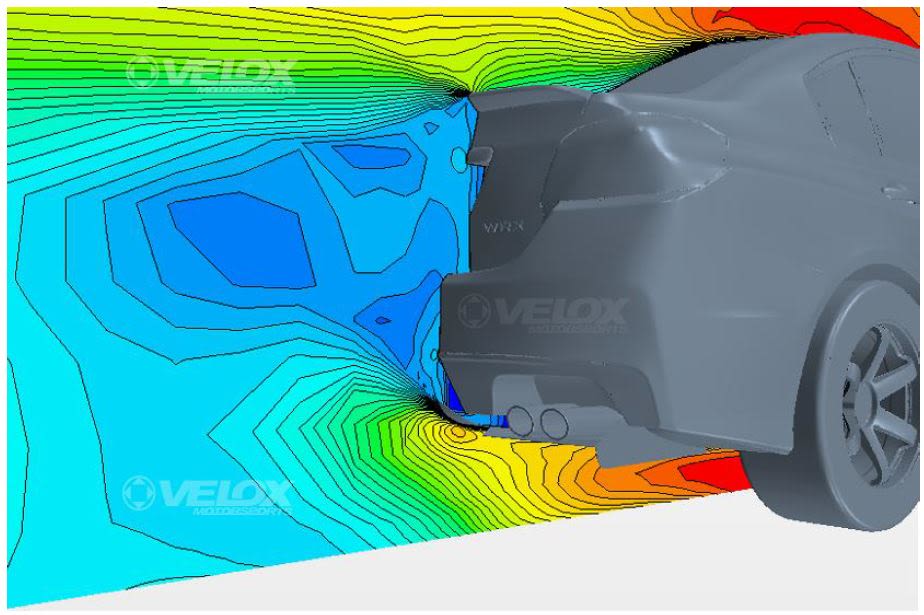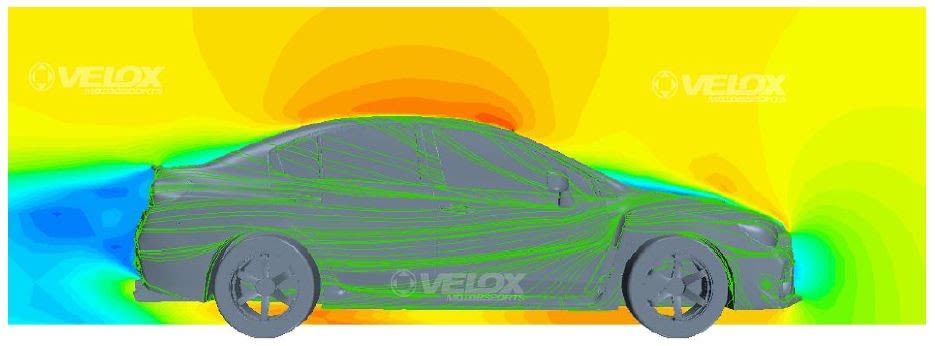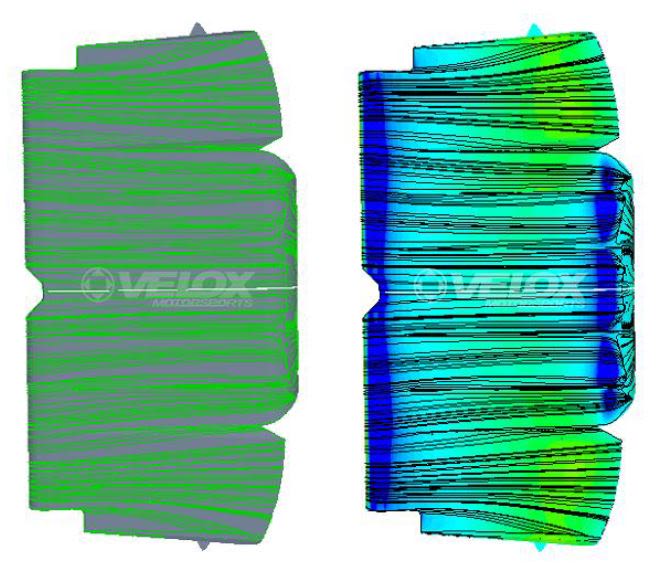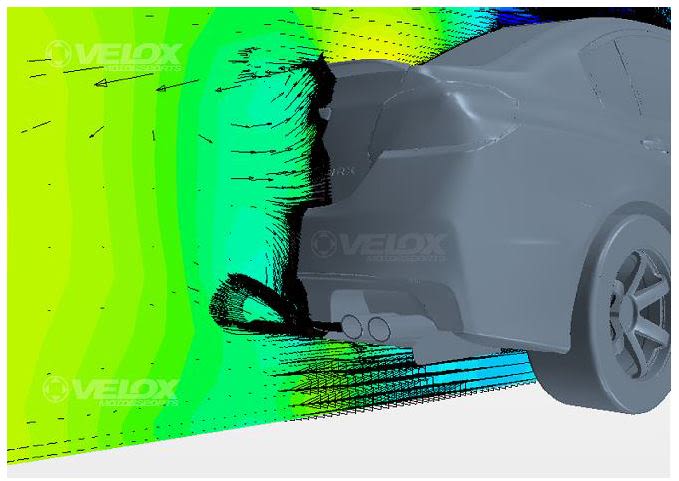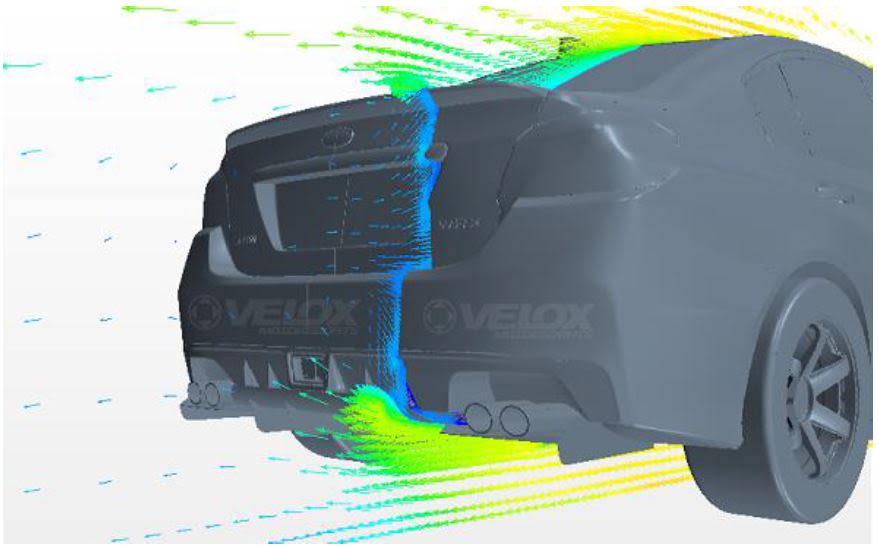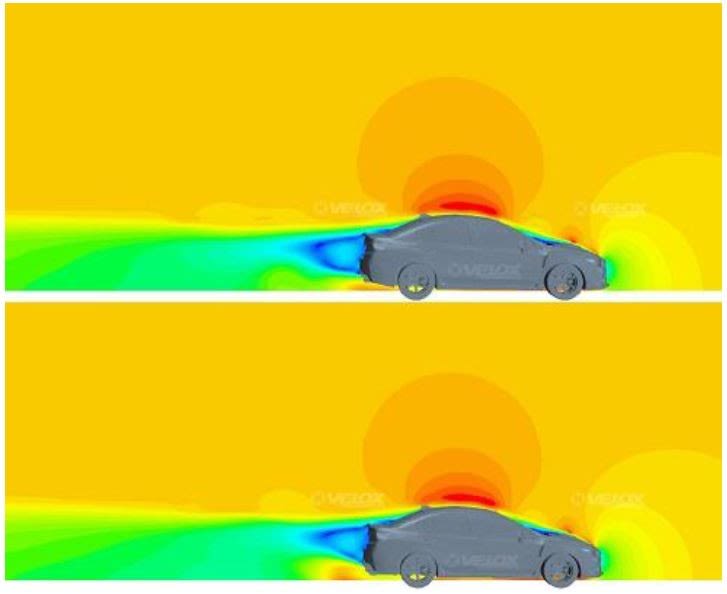VERA0025A

Verus Engineering Non-Aggressive Rear Diffuser - 2015-2021 Subaru WRX / STI
$749.95
Payin full orin 4 interest-free installmentsof$187.49.
Price Match Guarantee up to 110%
30 Day Satisfaction Guarantee
Rated Excellent & Trusted
Authorized Dealer of
Verus EngineeringCheck compatibility with your vehicle
Manufacturer's Warranty: This part is new and carries a full manufacturer warranty. See manufacturer's website for additional details.
Product Video
Product Description
VERA0025A
ABOUT THE NON-AGGRESSIVE REAR DIFFUSER
JB Autosports, parent company of SubiSpeed and FT-86 SpeedFactory, has been working closely with Verus Motorsports for the last two years. This is the fourth aerodynamic project between our companies. Notable projects include the a rear diffuser for the 86 platform (see here) and front splitter (see here).
The main difference between Verus products and other products is in the way they are developed. Actual data is analyzed and plays an important roll in the final design.
SubiSpeed Installation / Comparison Video
Design
In this latest iteration of projects, the focus has been turned to the very popular 2015+ WRX / STI. The rear diffuser was designed for those who want an extremely functional piece that dramatically reduces drag and increases downforce. We believe this to be the highest downforce producing unit on the market at this time. The aesthetic goal was to blend into the vehicles exterior and integrate as if an OEM piece. We used cutting edge technologies to deliver the best fitting, best performing, and most integrated unit possible.
We started by laser scanning the entire underbody of a 2015 WRX STI. Using this scanned data in CAD, we are able to design a product that fits well, looks great, and performs with a purpose.
CFD Analysis
The design was optimized through CFD analysis. Each analysis was done using a half-car analysis since no yaw testing was completed. This is done using symmetry down the centerline of the car. Significantly less computational processing power is necessary when using a half-car model and was the reason behind this analysis approach. The meshing of the car is done using first a surface mesh and then volume mesh. To find a suitable mesh size for the analysis, a grid convergence study was done. A volume mesh count of 10 million cells was considered within the room of accuracy using mesh sensitivity analysis.
How do we know we are somewhere in the realm of potential results? We use past knowledge, compared results with published aero analysis (Perrinn LMP1 model, Ahmed model, and DrivAer models to name a few), and finally we use published values for the WRX. We analyzed the stock body and compared this to the drag numbers published by Subaru; we were within a few percentages. For a CFD analysis, this is good and within the accuracy necessary to predict real world performance. This analysis was performed at stock ride height.
The CFD post-processing offers both visualization of the flow and numerical data. Using both of these we can make educated guesses as to the changes to make to optimize parts of the system to reach design goals. Surface pressure plots allow us to visualize the location of high and low pressure very easily and shows where and how the component is working.
Fig. 2: Rear Diffuser with Pressure Plot on Surface, With and Without Contour Lines
Fig. 3: Air Pressure Plot of WRX Rear Diffuser
Air pressure plots allow us to see how the parts are influencing the air around the vehicle.
Fig. 4: Air Velocity with Contour Lines
Another powerful visualization is air velocity.
Fig. 5: Side View Air Velocity Plot with Streamlines on Body
Fig. 6: Surface Streamlines With and Without Pressure Plot on Diffuser
Finally, we get to vector plots with the CFD analysis, which allows us to view magnitude and direction of air velocity.
Fig. 7: Air Pressure Plot with Vectors Included
Finally, we get to vector plots with the CFD analysis, which allows us to view magnitude and direction of air velocity.
Fig. 8: Vector Arrows on Symmetry Cut Plot
Fig. 9: Comparison plot, OEM on Top, Diffuser Added on Bottom
One last view we wanted to see was a before and after.
Data
The rear diffuser decreases lift dramatically and reduces drag quite a bit. It also shifts the aero balance rearward which is a good thing with a front weight biased vehicle. The lift coefficient decreased significantly but is not negative yet; which means the WRX is not creating downforce but is very close to.
Conclusion:
These results are logical to us and are reasonable gains in aerodynamic performance for a component of this nature. Most OEM cars produce lift in stock form, which our analysis backs up. This is the floating feeling you feel when reaching triple digit speeds. A 4% reduction in the coefficient of drag is actually quite large for a product of this nature and an 81% reduction in lift is a plausible result from such a component as well. Logically, the results above make sense to us.
Real world benefits may differ as this is a computational analysis which simulates real world results. Simulations, both computer (CFD) and real world (wind tunnel) generated, are inherently riddled with inaccuracies which can skew results. Something as simple as ride height or wheel choice can vary results, as well as various other aspects. Real world results could be better or worse than what is shown above. We must remember though, given the model we started with, the above data is accurate and should translate to a real world benefits.
Very few companies perform CFD or wind tunnel analysis on any of their aerodynamic pieces. As a consumer you can rest assure that you are receiving a quality component with an engineering analysis that has proven to benefit the vehicles characteristics.
Confirmed Exhaust Fitment:
Stock Exhaust - STI and WRX
Agency Power Exhaust
Blitz Nur Spec
Blitz Nur Spec F-TI
Borla Exhaust
Cobb Exhaust
Corsa Exhaust
ETS Exhaust Sysemts
Greddy Supreme SP
HKS Hi-Power (all)
HKS Legamax
HKS Super Turbo
Injen
Invidia N1 single and dual
Invidia Q300 dual
Magnaflow Exhaust
Milltek Exhaust System
Mishimoto
Nameless axle and cat backs
Perrin
RCE Clubsport
SubiSpeed
Turbo XS
X Force
Confirmed Exhausts that do not fit:
Invidia N1 Single ( trimming needed )
Tomei Type 80 ( trimming needed )
Instructions
See "additional" tab.
Specifications
| Color | Black |
|---|---|
| Installation Method | Bolt On |
| Material | Aluminum |
| Mounts To | Chassis / Bumper |

